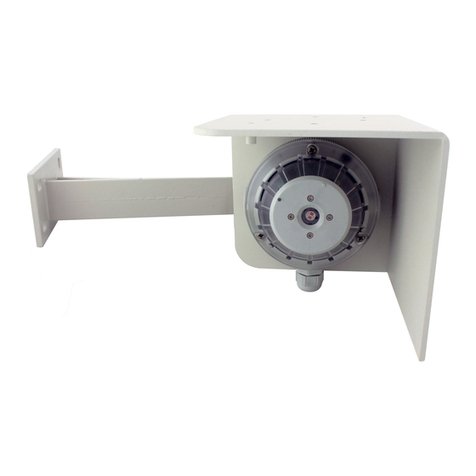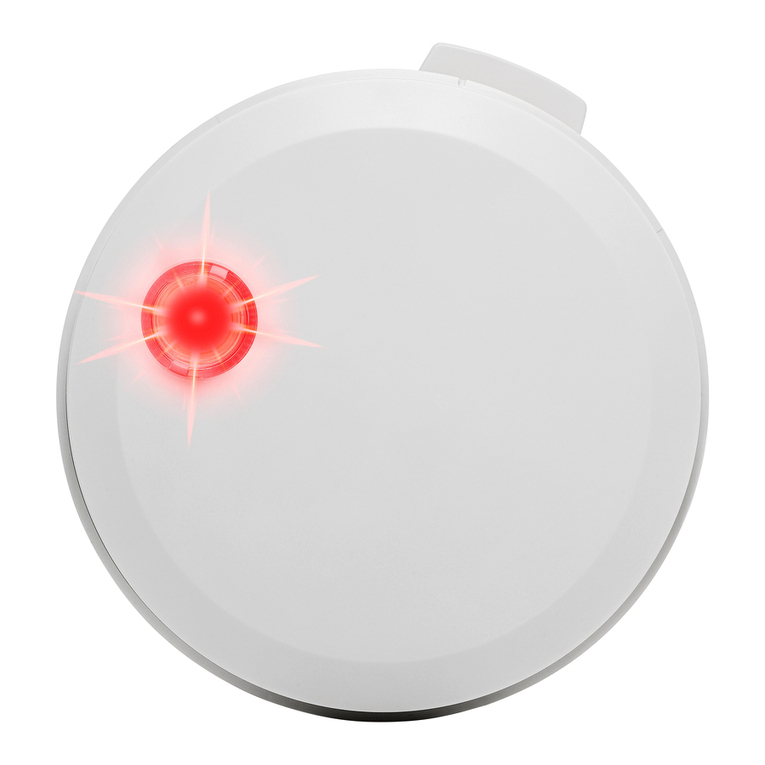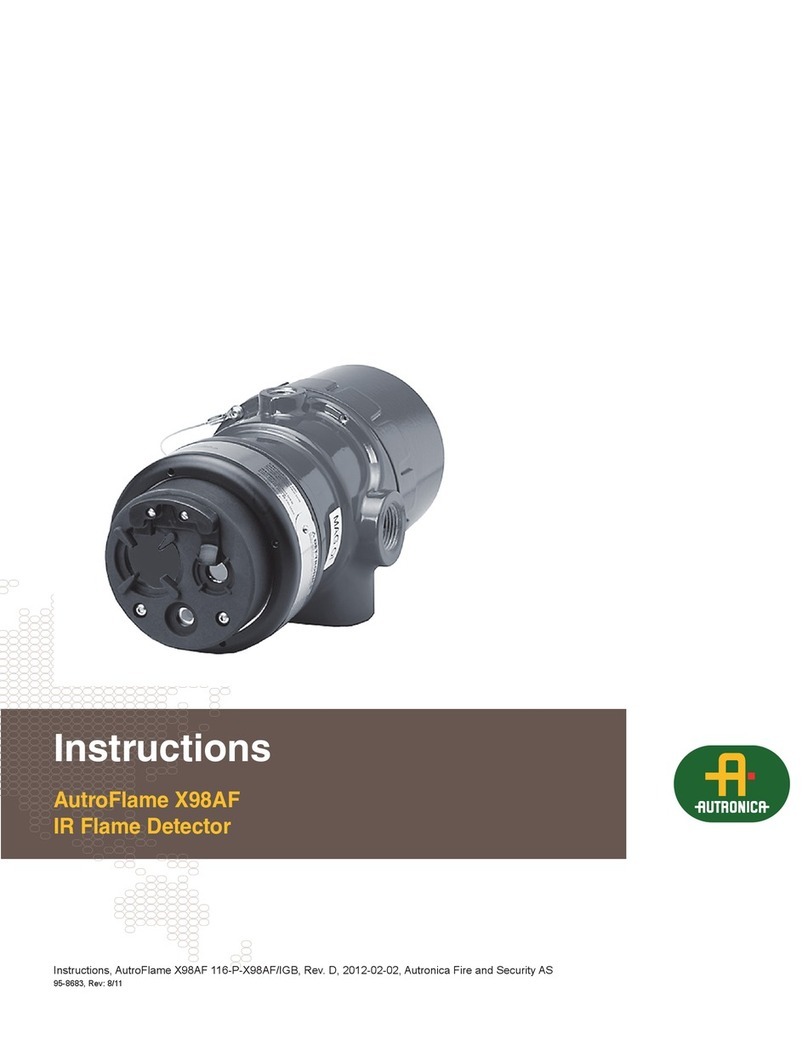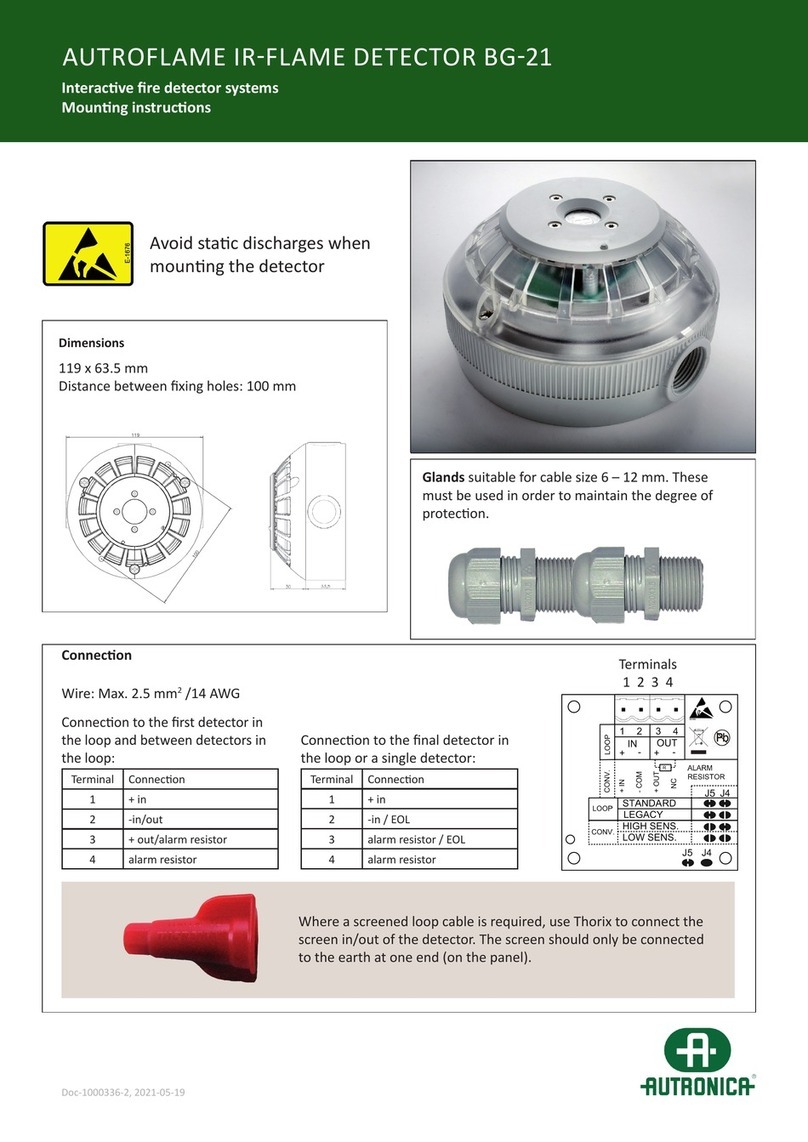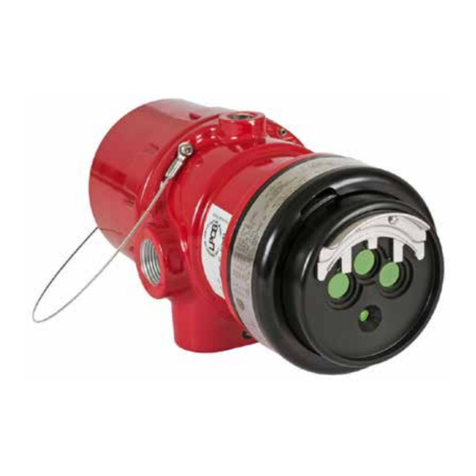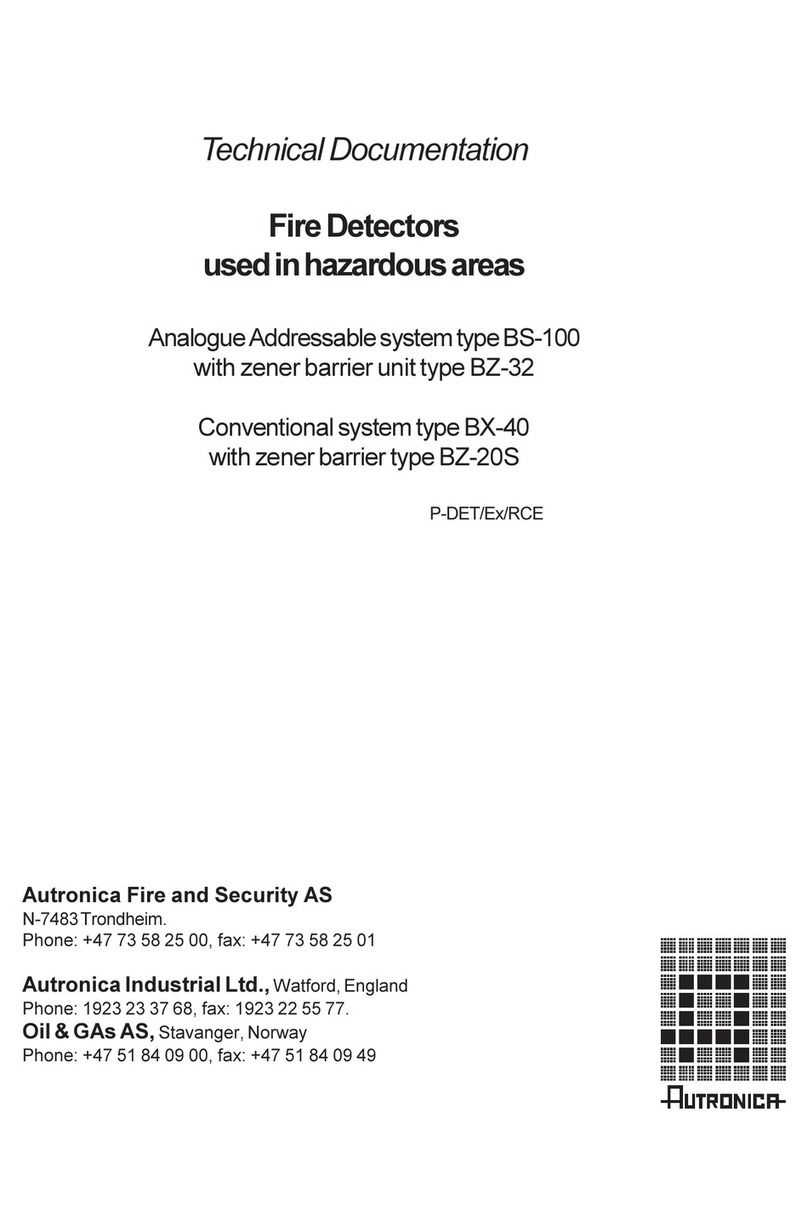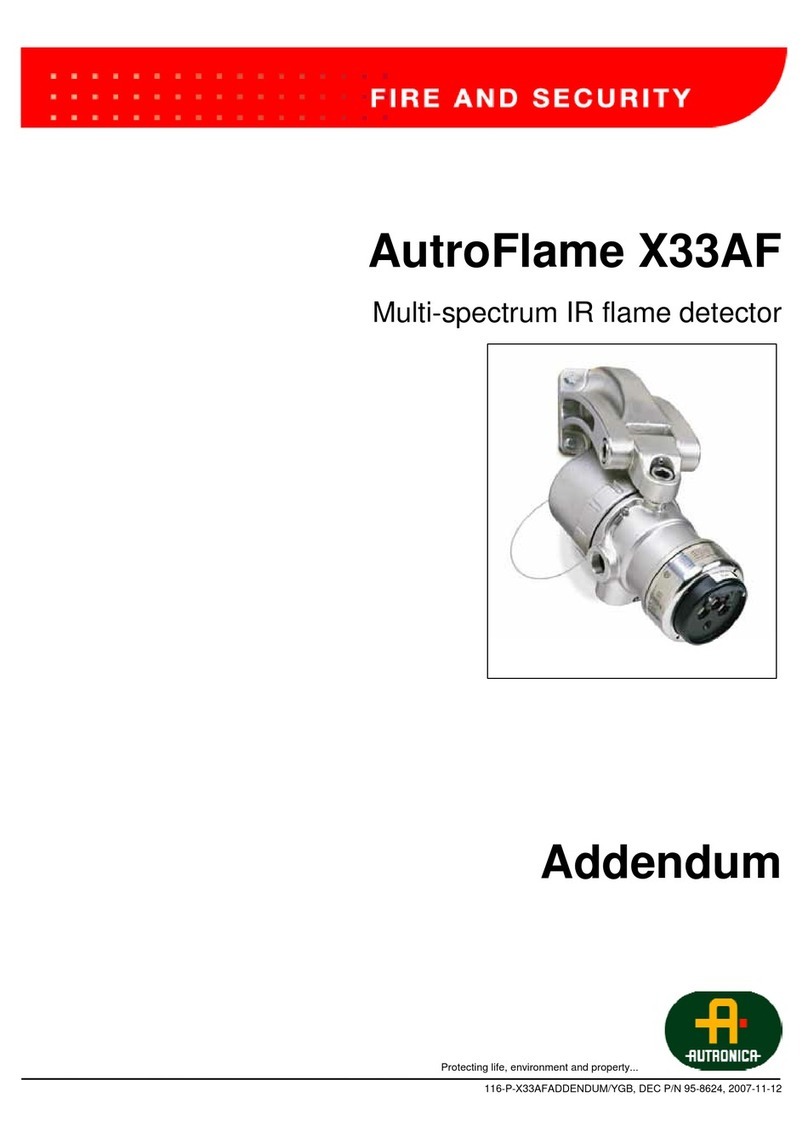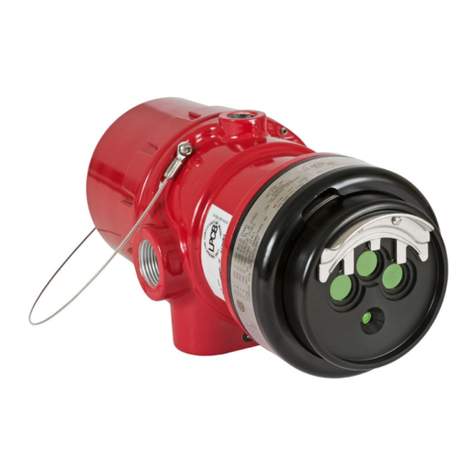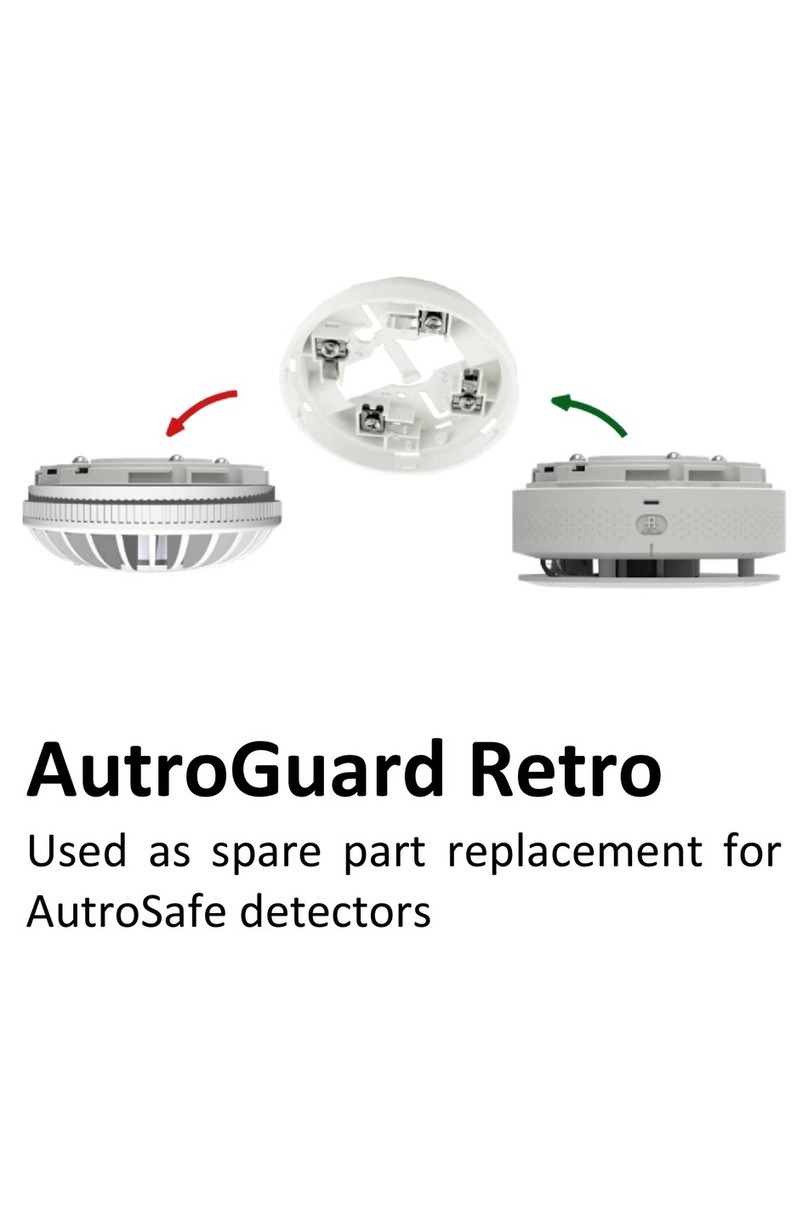Installation & Commissioning Handbook, ,
P-ASENSE75/IE 980302, 7483 Trondheim
Page 1
Table of Contents
1. Introduction......................................................................3
1.1 About this manual............................................................................... 3
1.2 The product......................................................................................... 3
1.3 Application ......................................................................................... 3
1.4 The reader........................................................................................... 3
1.5 Other reference documents................................................................. 4
2. Installation .......................................................................5
2.1 Recommended height for mounting................................................... 5
2.2 Dimensions......................................................................................... 5
2.3 Positioning of the detector.................................................................. 6
2.4 Mounting the detector......................................................................... 6
2.5 Cable entry.......................................................................................... 7
2.6 Cable connections............................................................................... 8
2.6.1 Introduction........................................................................... 8
2.6.2Overview................................................................................ 8
2.6.3 Terminal strips 1 and 2.......................................................... 8
2.6.4 External connection of 2 detector loops - conventional
version............................................................................................ 9
2.6.5 External connection of 1 detector loop - conventional
version............................................................................................ 9
2.6.6 External connection of detector loop - analogue
addressable system......................................................................... 10
2.6.7 Power supply......................................................................... 10
3. Installing the pipe system...............................................11
3.1 General guidelines.............................................................................. 11
3.2 Guidelines for agricultural installations ............................................. 12
3.3 Installing the pipe system in the roof/ceiling ..................................... 13
3.4 Pipe joints........................................................................................... 13
3.5 Cleaning out the pipe system following installation .......................... 13
3.6 Concealed pipes.................................................................................. 14
3.7 Connecting to the AutroSense 75 detector unit.................................. 14
3.8 Installing a “moisture trap”................................................................. 14

